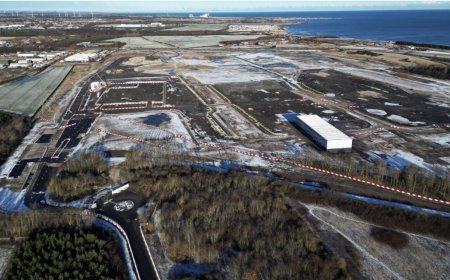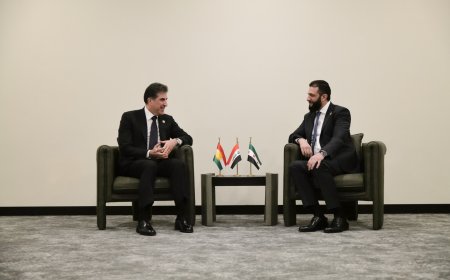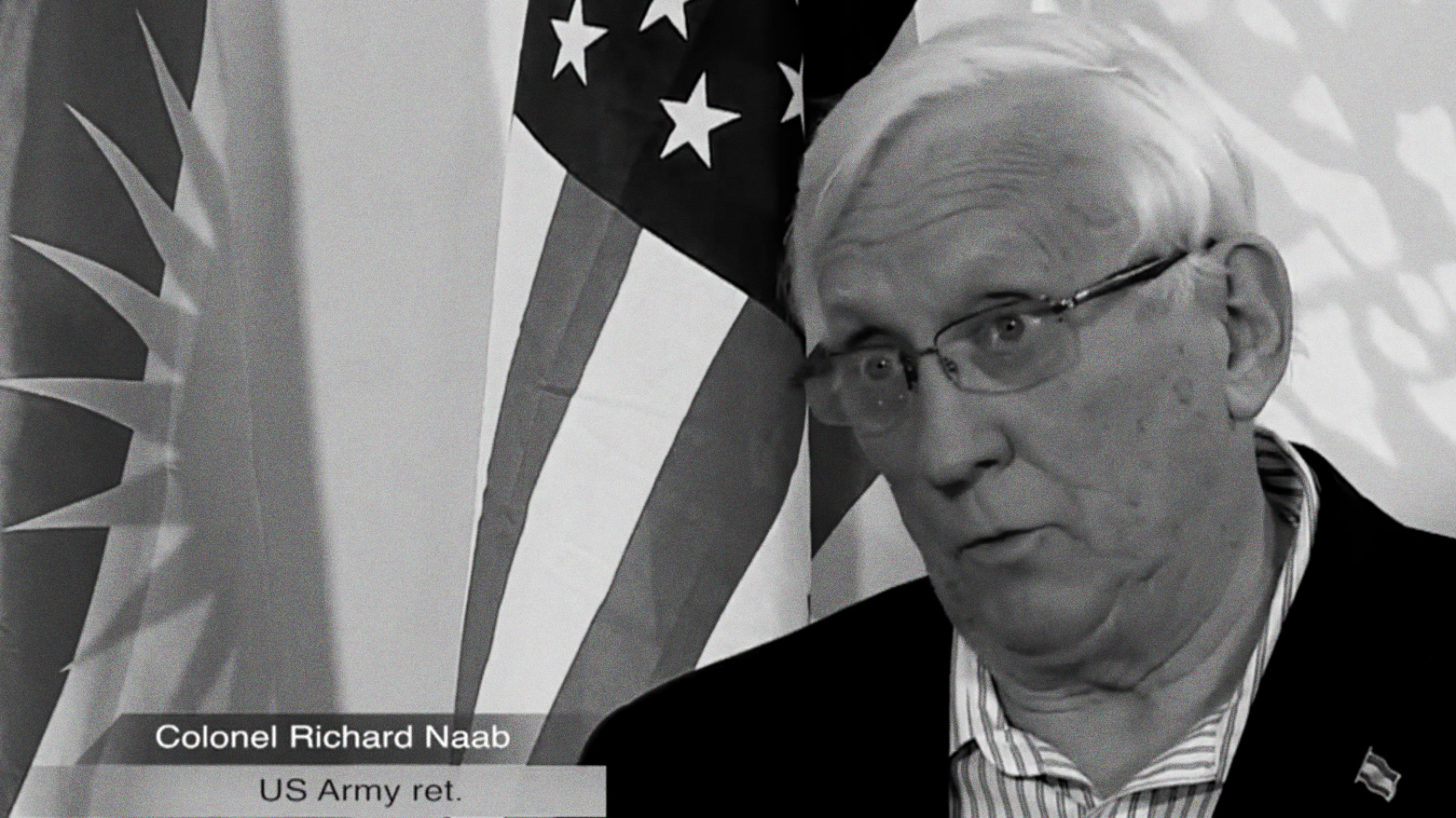Iraq’s population crosses 46 million with near-equal gender split

ERBIL, Kurdistan Region - Iraq’s population stands at over 46 million, with men and women making up nearly half of the population each, the country’s planning minister said Wednesday, putting the country’s growth rate at 2.5 percent.
Speaking at a press conference in Baghdad, Mohammed Ali Tamim reported that “Iraq’s population - excluding foreigners - has reached 45,778,000.”
He elaborated that “the female population stands at 22,957,000, or 49.8 percent,” while the male population “is approximately 23,161,000, representing 50.2 percent.” The number of households headed by a man in Iraq exceeds seven million, while those headed by women total more than 910,000, Tamim added.
The planning minister also stated that “Iraq’s population growth rate is 2.5 percent,” with “the average household size ranging from five to seven members,” adding that “larger families were recorded in southern Iraq compared to the west and north.”
Earlier this year, Iraq’s planning ministry released in late February the official results of the country’s first nationwide census since 1987, showing the nearly equal gender distribution.
The census, conducted in November, revealed that urban areas account for 70.17 percent of the total population, while 29.83 percent live in rural areas.
In the Kurdistan Region, urbanization is higher, with 84.57 percent of the population residing in cities and 15.43 percent in rural areas.
Moreover, Iraq’s working-age population, aged 15-64, makes up 60.44 percent of the total, indicating potential for economic growth. Those under five years old account for 11.16 percent, those aged 5-14 make up 24.74 percent, and those 65 and older represent 3.66 percent.
In the Kurdistan Region, the working-age population percentage is slightly higher at 63.92 percent, and the proportion of people over 65 is 4.4 percent.
According to the census, 71.14 percent of the population in Iraq and the Kurdistan Region are homeowners, while 19.41 percent are private tenants, 2.12 percent rent from the government, and 6.33 percent live in free housing. The data also showed that 91.57 percent of residences are houses, 7.08 percent are apartments, and 0.70 percent are mud houses.
The census is expected to play a role in upcoming key discussions, including the resolution of disputed regions that were subject to Baathist-era demographic manipulation policies, especially Kirkuk. Other aspects likely to be affected include shares of the federal budget.
[Source: Rûdaw English]














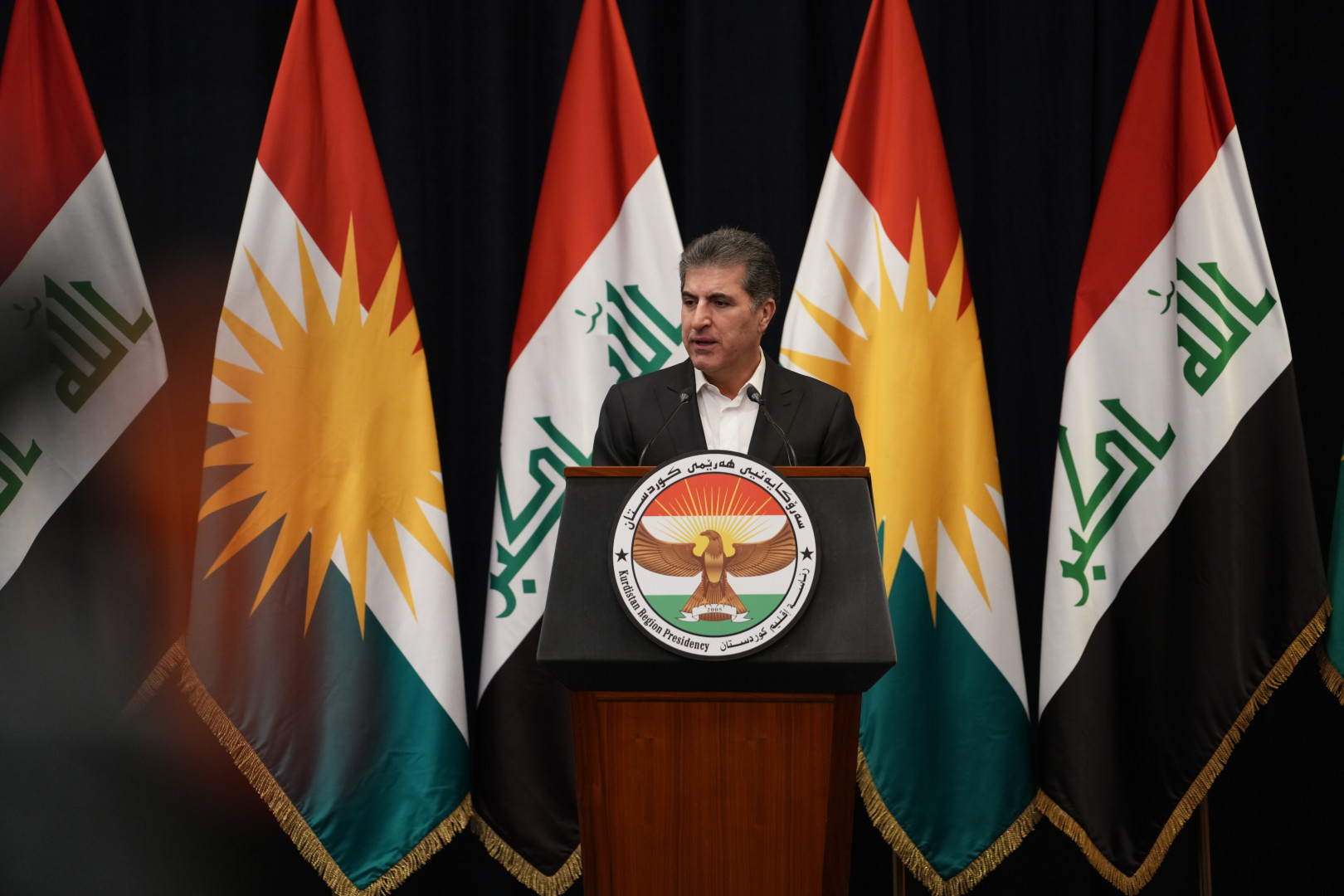
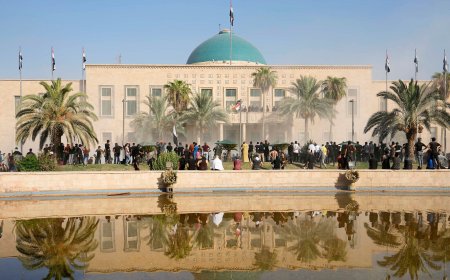

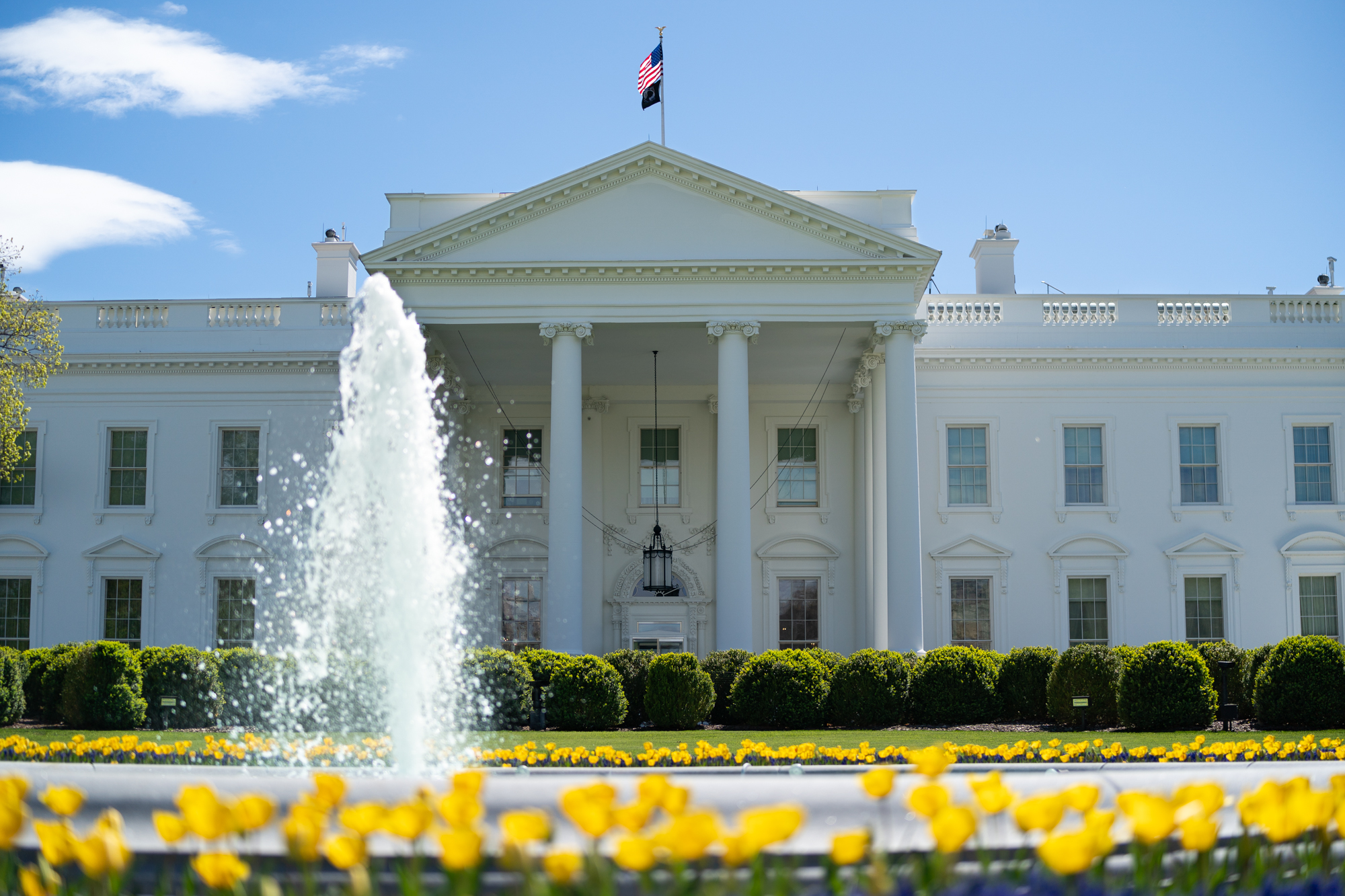
















/file/attachments/2984/kevin_927177_ac6b66996c6681fa673210c6013a08c2.jpg)


